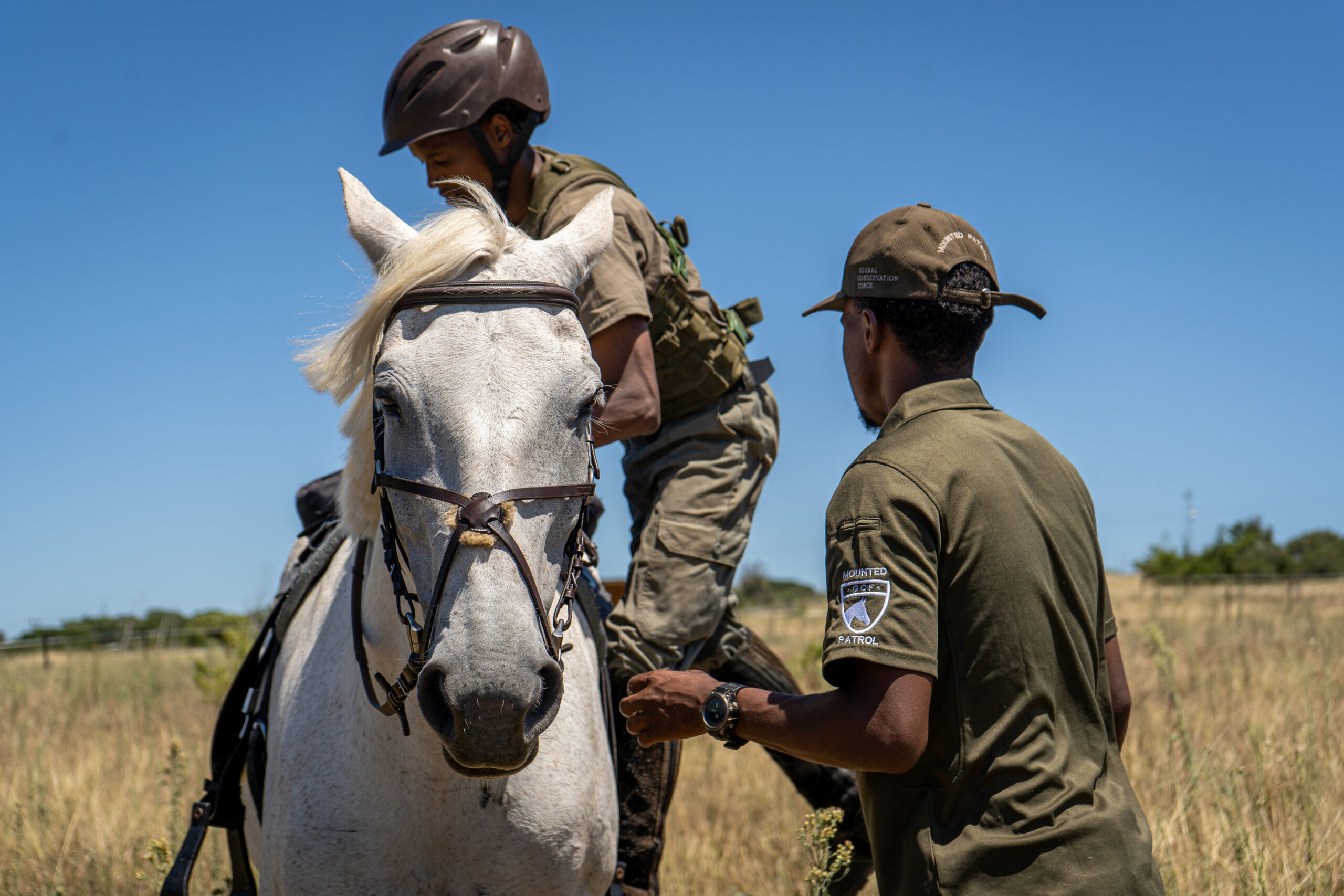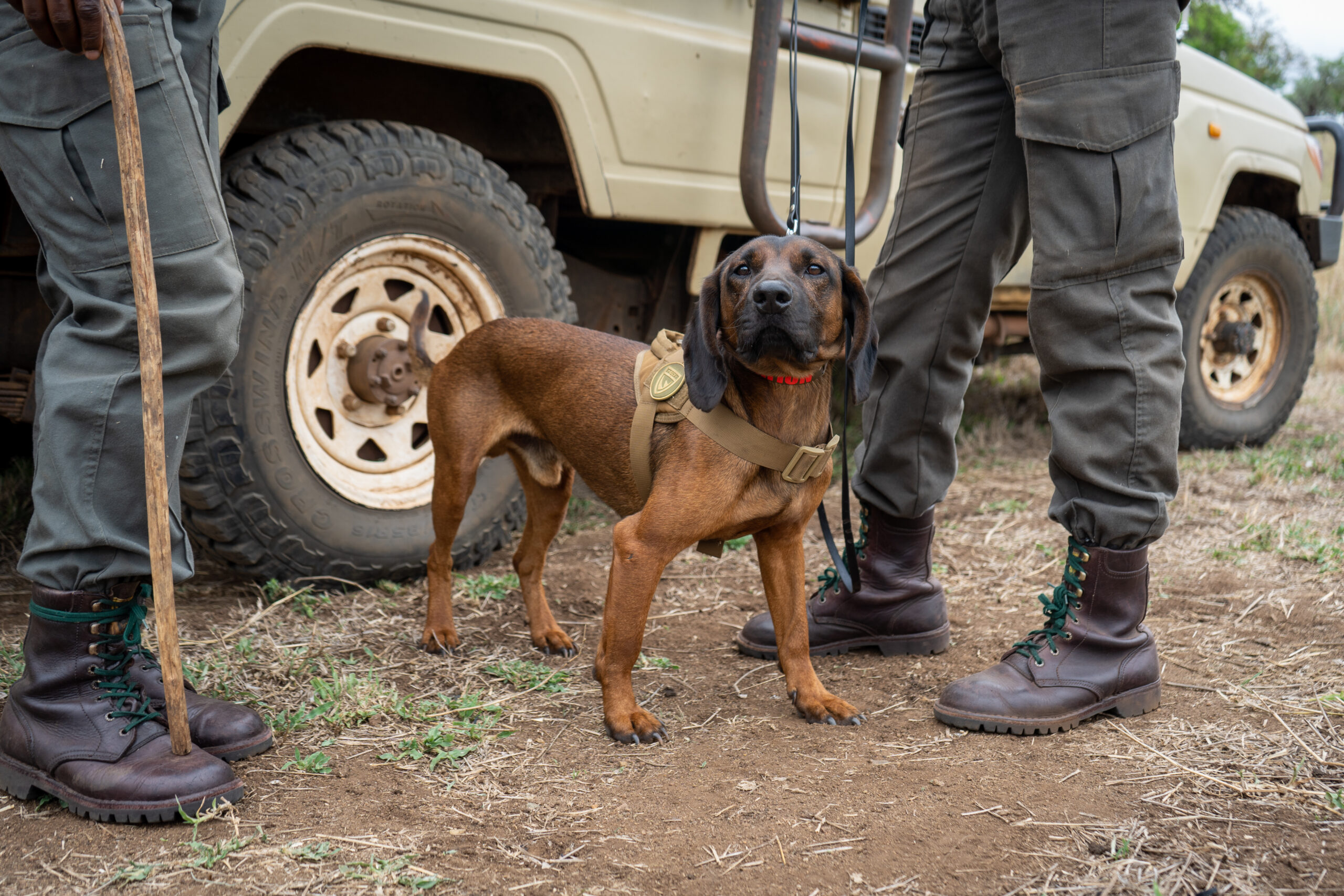Giraffe Protection
Giraffe
Giraffe (Giraffa camelopardalis)
As of the end of 2015, the IUCN provisionally listed the global population of Giraffe (Giraffa camelopardalis) as of Least Concern. However, this conservation status may not be the most accurate representation of the giraffe’s global population. Giraffe’s global populations are in flux: southern populations are increasing, and northern populations are decreasing.
Historically, giraffe occupied arid and dry-savanna zones of sub-Saharan Africa. Although historic accounts fail to distinguish between the various species and subspecies of giraffe, the giraffe’s range includes Botswana, Cameroon, Central African Republic, Chad, The Democratic Republic of the Congo, Ethiopia, Kenya, Mozambique, Namibia, Niger, Somalia, South Africa, South Sudan, United Republic of Tanzania, Uganda, Zambia, and Zimbabwe. Giraffe are now extinct in Angola, Mali, and Nigeria; and locally extinct in Eritrea, Guinea, Mauritania, and Senegal. The main causes of giraffe population decline are habitat degradation and poaching. Giraffe also face challenges from civil unrest, and human encroachment on their habitat. Since 1999, the giraffe’s global population has declined from about 140,000 animals to under 80,000 animals; more than 40% population decline in 15 years. If this declining population trend continues, it may warrant listing the giraffe under a high category of threat. Giraffe are not currently protected under CITES.
Species & Subspecies
Species and Subspecies Scientist are currently collecting data and sequencing giraffe DNA to determine the various species and subspecies of giraffe. Currently, the IUCN has enough DNA evidence to recognize West African Giraffe as a distinct species, and Rothschildi Giraffe as a subspecies. More information about the various species and subspecies will be available as scientists continue their field studies and DNA sequencing. The Giraffe Conservation Foundation is one of the scientific and conservation organizations collaborating with the IUCN’s Giraffe and Okapi Specialist Group to determine the various giraffe species and subspecies. The Giraffe Conservation Foundation currently recognizes 4 species and 5 subspecies of giraffe:
Northern Giraffe
(Giraffa camelopardalis)
Subspecies:
- Kordofan Giraffe (G. c. antiquorum)
- Nubian Giraffe (G. c. camelopardalis)
- West African Giraffe (G. c. peralta)
Distribution:
- Kordofan Giraffe: Found in parts of Chad, the Central African Republic, and Cameroon.
- Nubian Giraffe: Primarily in Ethiopia and South Sudan.
- West African Giraffe: Confined to a small area in Niger.
Characteristics:
- The Northern Giraffe has the smallest populations among the four species.
- Known for their lighter, irregularly shaped spots, which may help with camouflage in their woodland and savanna habitats.
Conservation Status:
- Varies by subspecies, but generally classified as endangered due to habitat loss, poaching, and civil unrest in some regions.
Southern Giraffe
(Giraffa giraffa)
Subspecies:
- Angolan Giraffe (G. g. angolensis)
- South African Giraffe (G. g. giraffa)
Distribution:
- Angolan Giraffe: Found in Namibia, Botswana, Zambia, and parts of Angola.
- South African Giraffe: Found in South Africa, Zimbabwe, and Mozambique.
Characteristics:
- Typically have star-shaped spots that are relatively close together and cover the entire body, including the legs.
- The Southern Giraffe is known for its robust build and is often the subject of conservation programs due to its relatively healthier population numbers.
Conservation Status:
- Classified as least concern, but populations are closely monitored to prevent declines due to habitat fragmentation and other threats.
Masai Giraffe
(Giraffa tippelskirchi)
Distribution:
- Predominantly found in central and southern Kenya and Tanzania.
Characteristics:
- Known for its jagged, vine-like spots that extend down the legs.
- The Masai Giraffe is the tallest of the giraffe species and can be distinguished by the more complex and irregular shape of its spots.
Conservation Status:
- Classified as endangered, with population numbers declining due to poaching and habitat loss.
Reticulated Giraffe
(Giraffa reticulata)
Distribution:
- Found in northeastern Kenya, southern Ethiopia, and Somalia.
Characteristics:
- Known for its distinctive, net-like pattern of white lines that create large, polygonal patches of dark brown or orange.
- The Reticulated Giraffe is often considered one of the most striking giraffe species due to its unique coat pattern.
Conservation Status:
- Classified as endangered, with significant efforts underway to protect and restore its population through community-based conservation programs and anti-poaching initiatives.
More Info
Ecological Importance
Large herbivores – like giraffe, rhinos, and elephants – play important roles in their habitats and landscapes. By eating a lot of foliage, these large herbivores open up areas and promote growth of new forage for itself and other animals. Giraffe disburse seeds and enhance the likelihood of acacia seed germination by pass the acacia seeds through their digestive tract. Giraffe also may aid in pollinating acacia trees.
Our Work
Global Conservation Force (GCF) is deeply committed to giraffe conservation through a multifaceted approach that includes creating and supporting community-based ranger teams, advancing conservation efforts, and collaborating with local and international law enforcement agencies.
Here’s an expanded overview of GCF’s Work:
Anti-Poaching and Community-Based Ranger Teams
GCF has supported multiple Anti-Poaching Units (APUs) that oversee the protection of giraffes across Africa. GCF’s dedicated team of instructors and its specialized Anti-Poaching Unit work tirelessly to provide on-ground support and direct involvement in conservation efforts. GCF has created new community-based ranger teams, empowering local communities to take an active role in protecting their wildlife. These teams are thoroughly trained and equipped to monitor and safeguard giraffes and other species from poaching and illegal activities.
Community-Based Conservation Efforts
GCF assists, sponsors, and advances community-based conservation projects. These initiatives focus on involving local populations in conservation activities, fostering a sense of ownership and responsibility towards their natural heritage. By providing education, resources, and economic incentives, GCF helps communities develop sustainable practices that benefit both wildlife and people.
Collaboration with Law Enforcement
GCF works closely with local and international law enforcement agencies to combat the trafficking of giraffe parts. This collaboration involves intelligence sharing, joint operations, and providing specialized training and equipment to law enforcement personnel. GCF’s efforts aim to dismantle poaching networks and reduce the illegal trade in giraffe parts.
Addressing Wildlife Snares
In areas where giraffes are heavily impacted by wildlife snares, GCF conducts regular patrols and removal operations. These efforts significantly reduce the number of snares and prevent injuries and deaths among giraffes and other wildlife. Additionally, GCF engages with local communities to raise awareness about the dangers of snares and promote alternative, non-lethal methods of protecting crops and livestock.
Wildlife Collaring and Game Capture for Genetics
GCF supports wildlife collaring and game capture initiatives to gather crucial genetic data and monitor giraffe movements. These activities help researchers understand giraffe populations’ genetic diversity, migration patterns, and habitat use. The data collected is vital for developing effective conservation strategies and ensuring the long-term survival of giraffe species.
Sponsoring Giraffe Conservation Programs
GCF sponsors multiple groups working on giraffe conservation as part of their reserve operations. These programs include habitat restoration, anti-poaching patrols, community education, and scientific research. By providing financial and logistical support, GCF enables these groups to carry out their essential work more effectively.
Key Partnerships and Projects
GCF had partnered with the Institute for Conservation Research and David O’Connor on a wild giraffe study and anti-poaching project. This collaboration involved supplying APU gear and drones to maximize the project’s impact. The use of advanced technology like drones enhances surveillance capabilities, allowing for more effective monitoring and protection of giraffes.
In conclusion, Global Conservation Force is dedicated to giraffe conservation through a comprehensive approach that includes anti-poaching efforts, community engagement, law enforcement collaboration, addressing snares, supporting scientific research, and sponsoring conservation programs. These efforts collectively contribute to the protection and preservation of giraffe populations across Africa.
- Giraffe Conservation Foundation. Giraffe – The Facts: Giraffe Subspecies. http://www.giraffeconservation.org/giraffe_facts.php?pgid=6
- Giraffe Conservation Foundation. Giraffe – The Facts: Taxonomy, Evolution and Scientific Classification. http://www.giraffeconservation.org/giraffe_facts.php?pgid=51
- Giraffe Conservation Foundation. Leni Martin, Ed. Africa’s Giraffe: A Conservation Guide. Black Eagle Media: 2013. Africas-Giraffe-A-conservation-guide.pdf http://www.giraffeconservation.org/booklets.php
- Fennessy, J. & Brown, D. 2010. Giraffa camelopardalis. The IUCN Red List of Threatened Species 2010: e.T9194A12968471. http://dx.doi.org/10.2305/IUCN.UK.2010-2.RLTS.T9194A12968471.en
- Fennessy, J. & Brown, D. 2008. Giraffa camelopardalis ssp. peralta. The IUCN Red List of Threatened Species 2008: e.T136913A439726. http://dx.doi.org/10.2305/IUCN.UK.2008.RLTS.T136913A439726.en
- Fennessy, J. & Brown, D. 2010. Giraffa camelopardalis ssp. rothschildi. The IUCN Red List of Threatened Species 2010: e.T174469A7077893. http://dx.doi.org/10.2305/IUCN.UK.2008.RLTS.T174469A7077893.en

Want to volunteer with us?
Global Conservation Force brings together a team of experts, volunteers, and community members to work towards saving endangered species.
CONNECT
- P.O. Box 956 Oceanside, CA 92049
- info@globalconservationforce.com
- EIN 474499248
- Copyright 2024. All Rights Reserved. Powered by Wild Media.






